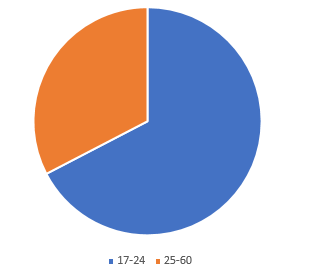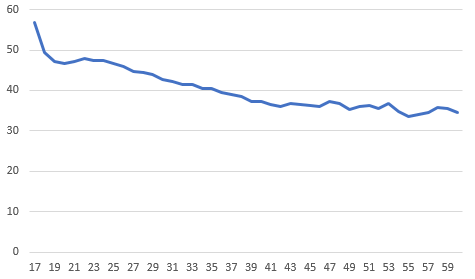Softley
House Bee
- Joined
- Jun 29, 2010
- Messages
- 206
- Reaction score
- 0
- Location
- Bolton
- Hive Type
- National
- Number of Hives
- 6
I love how people who took the test prior to it beginning to become harder in the late 90s moan how easy it is these days.
In fact, it has never been harder to pass your driving test for a car or indeed a bike.
The pass rate for the theory test is 65%, mainly dragged down by the hazard perception scores.
There is also all that experience they've gained over the years that helps when it comes to answering theory test questions. The test is aimed at people that have very limited experience. Yes, the answers to some questions should be blatantly obvious to everyone, but there are also some quite sensible questions and people do fail the test. I remember when I was learning to drive and I sat a theory test, if anything, it makes you read the highway code.



























































